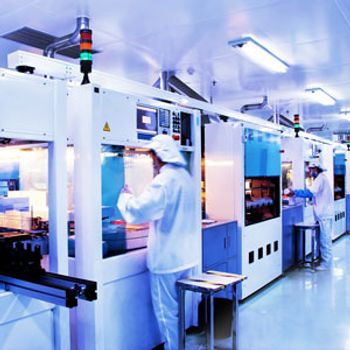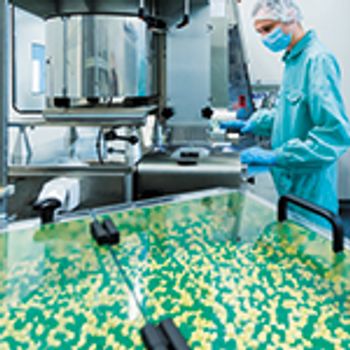
The company’s Custom Single Run product line now has available bioreactors with working volumes of up to 6000 L.

The company’s Custom Single Run product line now has available bioreactors with working volumes of up to 6000 L.

The new facility, located in Ness Ziona, Israel, will support clinical phage manufacturing and can be expanded in the future to support commercial-scale manufacturing.

Front-end focus and new approaches are speeding scale-up and reducing costs, while scale-down and scale-out become increasingly important.

A collaboration between Insilico Biotechnology and IFAT aims to develop a manufacturing, planning, and control system for the production of monoclonal antibodies.

A risk-based approach to CMC enables drug sponsors to focus on clinical and manufacturing development paths.

Now that the first genetically modified cell therapies are being manufactured, the industry must move beyond “whatever works” to meet growing demand.

Biopharma industry faces production challenges as gene therapies move from clinical to commercialization.

NIIMBL announced it is partnering with FDA through the University of Delaware to improve biopharmaceutical manufacturing.

Rockwell Automation’s updated FactoryTalk AssetCentre software supports several new types of production assets.

To rapidly achieve high-quality pharmaceutical manufacturing processes, industry must develop prospective, management-based approaches instead of retrospective performance-based measures.

Automation promises to connect biomanufacturing processes more closely, and to bring greater efficiency to the manufacturing floor.

A presentation at the Leistritz Pharmaceutical-Nutraceutical Extrusion Seminar explained how simulation tools benefit the development process.

Cambrex has announced the completion of its new facility at its Karlskoga site in Sweden that combines new laboratories for process and analytical development.

Although continuous approaches offer significant benefits for some products and processes, batch manufacturing is not going away any time soon.

Quality and compliance depend on the right approaches to training, standard operating procedures, and validation. More tools are available to help ensure success.

Continuous manufacturing may offer huge opportunities, but it will not be right for every facility or product.

More manufacturers are embracing MAM, which simplifies biopharmaceutical product quality testing, and facilitates the measurement and monitoring of critical quality attributes.

While the multiple attributes method gains ground and traditional lab methods improve, broad efforts are underway to determine biopharmaceuticals’ most significant critical quality attributes and enable real-time release.

Large biopharmas, emerging biotechs, and CMOs are looking for novel ways to improve the productivity of biologics in a rapidly evolving biotherapeutics market.

The UK’s Centre for Process Innovation is collaborating with partners GSK and AstraZeneca to establish a continuous wet granulation manufacturing facility for small-scale development of oral solid-dosage pharmaceuticals.

Merck KGaA opened a collaborative bio/pharma development facility in Molsheim, France and announced an investment plan through 2025 for its Darmstadt, Germany headquarters.

The companies aim to assess automated CAR-T cell therapy manufacturing at the point-of-care and develop technologies to facilitate patient access to immunotherapies.

Process optimization improves process mass intensity, reduces environmental impact, and improves cycle time for bio/pharmaceutical processes.

New technologies in the digital factory enhance quality, efficiency, and flexibility for bio/pharmaceutical manufacturing.

Teva will apply Insilico’s technology for predictive biomanufacturing to create more efficient biomanufacturing processes.